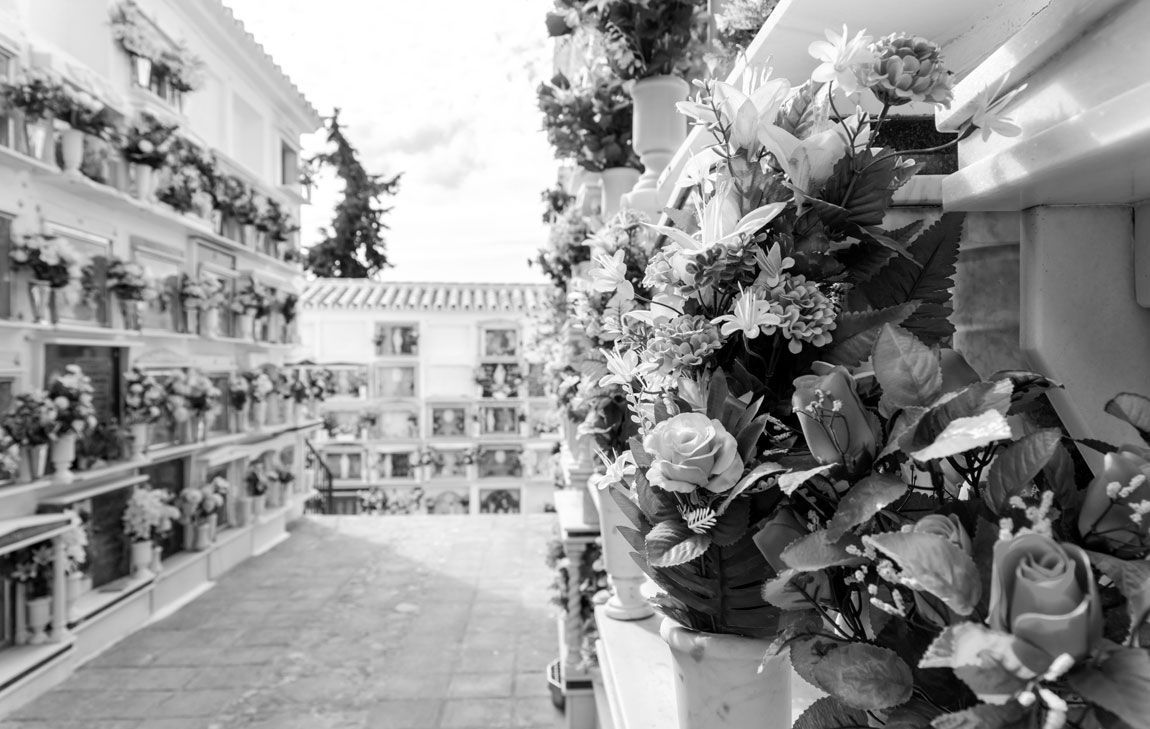What to Expect When a Loved One is Cremated
The loss of a loved one can begin a period of upheaval and uncertainty. There is a lot to deal with, from the weight of your emotions to the number of decisions that must be made. If you’ve never arranged a funeral or cremation for a loved one before, it’s natural to have a lot of questions about the process or to feel uncertain about the next steps.
Your funeral director can always answer your questions and help put your mind at ease. However, we recognize that it can feel awkward or morbid to ask certain questions, or that you may not know where to begin. Below, we address some of the questions and concerns we commonly hear from families considering cremation.
Do your loved ones have questions about cremation?
How to Prepare for a Loved One’s Cremation
When a loved one dies, one of the first steps is to contact the funeral home so they can help you make arrangements. The funeral director will help you with all of the necessary paperwork as well as handling transportation and tending to your loved one’s body.
If your loved one did not leave behind any specific wishes, you will need to make some decisions. If you wish, you can hold a funeral service, viewing, or both prior to cremation. Or, if it works better for your family, the cremation can happen first, and you can have a memorial service or celebration of life gathering later once the cremated remains are returned to you.
You can be present at the time of cremation if you wish. This is called “witness cremation,” and it’s a powerful way to say goodbye to your loved one. In a witness cremation, you can hold a small gathering in a private viewing room, and observe your loved one’s body being placed in the cremation chamber (also called the “retort”).
If you wish, you may press the button that ignites the cremation chamber. Some people find that playing an active role in a loved one’s cremation to be helpful in dealing with grief.

What Happens During the Cremation Process
The funeral home will prepare your loved one’s body for cremation. They may be draped in a sheet or clothed in items you’ve chosen. Any jewelry will be recovered, and certain medical devices like pacemakers will be removed. Your loved one will be placed in a cremation container, which will be placed into the retort.
The retort is heated by a powerful furnace, which raises the interior temperature to above 1400 degrees Fahrenheit. Your loved one’s body will not come into contact with flames.
The cremation process takes several hours, after which point all organic material will have evaporated, leaving behind bone fragments. These will be processed in a device called a cremulator, which tumbles them into a sand-like texture. These are the cremated remains or “ashes” you will receive.
By law, only one body can be placed in a retort at a time. An ID card bearing your loved one’s information will be kept with them at all times to ensure their remains are properly identified and returned to you.
Letting Go Does Not Mean Forgetting
Letting go of a loved one's ashes does not mean you let go of your connection with them. The ritual of letting go brings closure to the loss of their physical body, not your emotional connection to them. While releasing their remains can be emotionally difficult, it can also release a weight off your shoulders you didn't know you were carrying.
Regardless of what you decide to do with a loved one's cremated remains, we encourage families to memorialize their loved one in a permanent way. A designated location in their name to always come back to is deeply healing.
Knowing your loved one's ashes are safely kept and cared for in a familiar and beloved area can bring comfort and peace of mind. There are several ways to add a personal touch to memorials, such as an engraved headstone or plaque, memorial stones, a garden or park bench, or an engraving upon a niche. These small but meaningful touches can help provide closure and a sense of completeness.
Laying Your Loved One to Rest
Your loved one’s ashes will be placed in the urn of your choosing. At this point, you have many options of what to do next. You may choose to bury them in a grave, place them in a columbarium niche, or scatter them in a scattering garden or a different meaningful location. You may also keep the urn at home, place some of the ashes in a piece of memorial jewelry, or incorporate them into a work of art or some other creative monument.
Cremated remains can even be divided among family members or friends so that each person can do something meaningful with their portion.
There are many options for honoring your loved one’s memory after cremation, and none of them are wrong. What matters is that you choose something that will help you to honor their memory and help you through grief.
We know that planning a loved one’s cremation and funeral can feel overwhelming. If you have additional questions or need assistance with a specific situation, Horan & McConaty is here to help.
Rest assured that the funeral director won’t be shocked or surprised by your curiosity. We’ve assisted Denver families in laying their loved ones to rest for more than a century, and we are honored to help you in your time of need. Reach out to us at (303) 743-8804.



